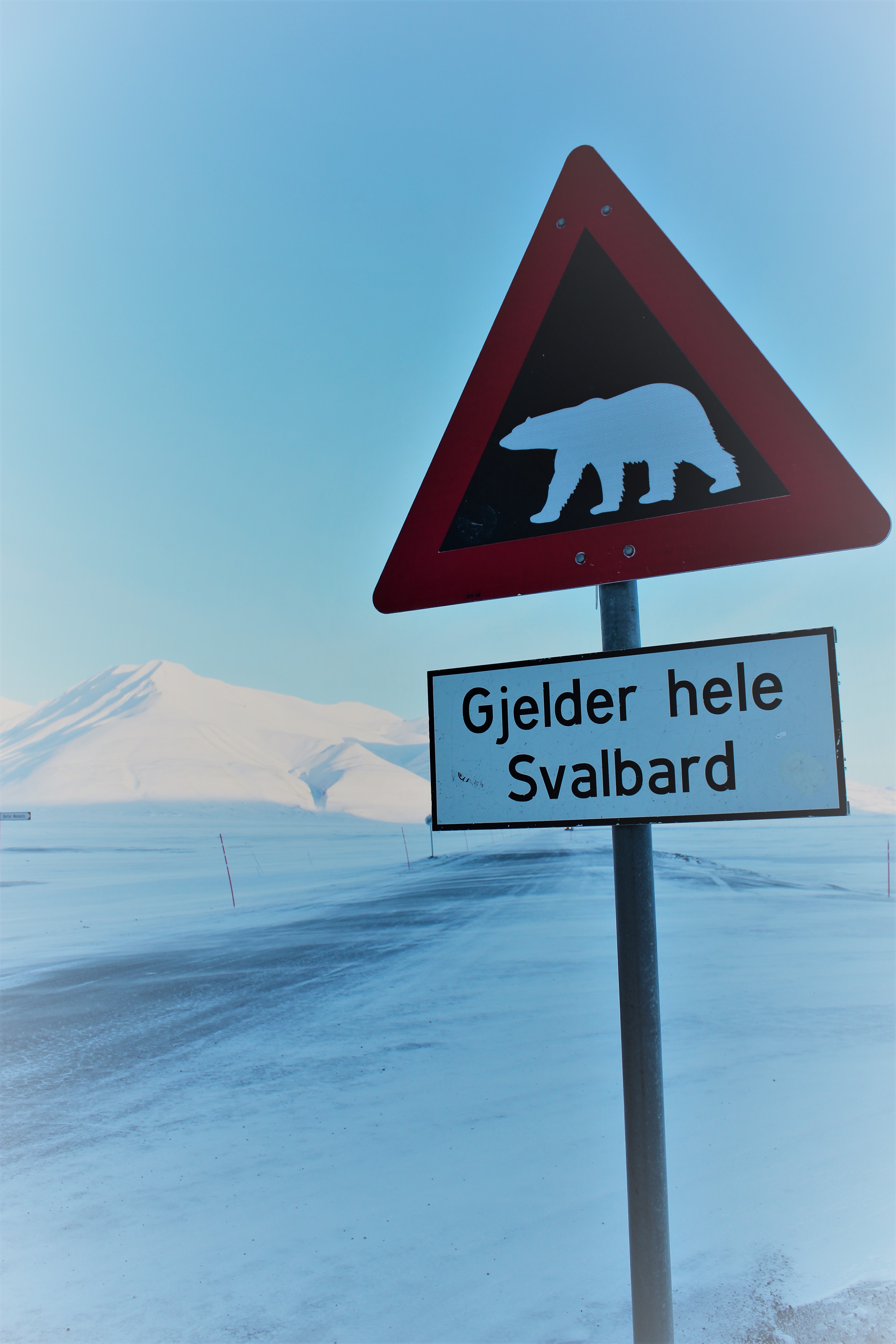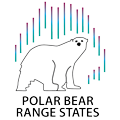 Photo credit: Sybille Klenzendorf
Photo credit: Sybille Klenzendorf
In 2009, the Representatives to the Parties of the 1973 Agreement on the Conservation of Polar Bears (the Agreement) recognized the need to address increasing human-polar bear interactions resulting from expanding human activities in the Arctic and a continued increase in the number of bears on land due to retreating sea ice. The Polar Bear Range States Conflict Working Group (CWG) was convened to address this issue. The initial focus of this group was to develop and implement a shared data collection and analysis system to document, quantify, and evaluate data on human-bear interactions and other information relevant to bear management – now known as the Polar Bear Human Information Management System (PBHIMS). Going forward, the CWG will continue to provide international coordination and expert advice to the Parties and their Representatives on all aspects of human-polar bear conflict management, in support of achieving the goals of the Agreement.
Human-Polar Bear Conflict data:
Polar bears injured or killed in conflict situations
Reported incidents from 2020-2024, data from 2020 used as baseline.
Humans injured or killed by polar bears
Reported incidents from 2006-2024, data from 2006-2015 used as baseline.
Human-Polar Bear Conflict WG publications:
Template for site-specific conflict mitigation plans (pdf)
A template including components to be considered when drafting a stie-specific conflict mitigation plans.
The template is a product of the Circumpolar Action Plan (CAP) Action HBC-A8. - Published September 2025
Framework for Polar Bear Safety Messages (pdf)
Polar bear safety messages to be used by those who disseminate polar bear safety guidance in the Arctic. The core messages are based on the best scientific information and professional expertise available (as of March 2023). The framework is a product of the Circumpolar Action Plan (CAP) Action HBC-A7. - Published August 2024
The effectiveness of deterrents commonly used to address human-bear conflict: a literature review (pdf) (as of May 2024)
Studies on human-polar bear conflict: a list of studies (Excel) (as of May 2024)
The literature review on the effectiveness of deterrents and list of studies on human-polar bear conflict are products of Action HBCIS-3 to "Collaborate and share information on applied research and testing of new deterrent tools (i.e., drones, olfactory, electric fences) on wild and captive bears" (The Action is partly based on previous Action 22). The Action is associated with the Circumpolar Action Plan, Obejctive 5 to "Manage human-bear interactions to ensure human safety and to minimize polar bear injury or mortality". - Published August 2024
Polar-Bear Deterrence Programs and Training Protocols available across the Range States (website)
Introduction text on polar bear deterrence programs and training protocols currently in use across the polar bear Range States. The collection is a product of the CAP action HBCIS-2. - Published April 2022
Template for Developing Polar Bear-Human Attack Response Plans (pdf). (Word copy)
Template and information that can be used by federal, state/provincial, local, and tribal entities to develop their own agency, regional, or community-specific protocol or plans for what to consider when responding to incidents involving a polar bear attack that results in human injuries or a fatality. The template is a product of the CAP action HBC-A6. - Published February 2022
Position Paper on Sampling of extra-limital Polar Bears (pdf)
Recommendation to give practical information of polar bear sampling to local people and agencies in locations such as Iceland, Newfoundland or other areas outside of their normal habitat. - Published May 2020
Human-Polar Bear Conflict WG general information:
Human-Polar Bear Conflict Working Group actions:
Circumpolar Action Plan; 2020-2023 Implementation Plan:
CAP 2020-2023 Implementation Plan:
Objective 5: Manage human-bear interactions to ensure human safety and to minimize polar bear injury or mortality
Objective 5 actions:
HBC - A1 - Make available to all Range States the Polar Bear Human Information Management System (PBHIMS); use SMART where possible
HBCIS - 2 - Make available on the RS website Bear deterrent training protocols from the U.S., Canada, and Norway
HBC - A3 - Establish baseline for bear injuries and deaths using existing data from 2020
HBC - A4 - Establish baseline for human injuries and deaths using existing data from 2006-2015
HBC - A5 - Report findings on human-bear conflicts which end in injury or death (to bears or humans) annually on the RS website for each country or subpopulation
HBC - A6 - Develop standardized polar bear attack response protocols
HBC - A7 - Develop, and post to the RS website, core polar bear safety messages for a general audience and more detailed guidelines for specific user groups (e.g., industry, guide-led tourist groups, hunting/subsistence camps, researchers) as needed
Other Human-Polar Bear Working Group actions:
Human Polar Bear Conflict Working Group members (up to December 2023):
The PBRS Human-Polar Bear Conflict Wroking Group is currently on hiatus. The list below includes the WG members up to December 2023.
Polar Bear Range States members:
Contact:
Melissa Galicia (Canada; Environment and Climate Change Canada)
Dag Vongraven (Norway; Norwegian Polar Institute)
Invited specialists:
Sybille Klenzendorf (World Wildlife Fund - Arctic; CWG Co-Chair; Action Lead of HBC-A1)
Andy Von Duyke (North Slope Borough, USA)
Christina Pohl (Conoco Phillips Alaska, USA)
Craig Perham (Bureau of Land Management, USA)
Dick Shideler (Alaska Department of Fish and Game, USA)
Eric Regehr (University of Washington, USA)
Geoff York (Polar Bears International, USA)
Ingvild Oyjordet (Governor of Svalbard, Norway)
Jon Neely (Department Environment at Government of Nunavut, Canada)
Marty Obbard (Canada, Ontario Ministry of Natural Resources, Canada - retired)
Tom Smith (Brigham Young University, USA)
